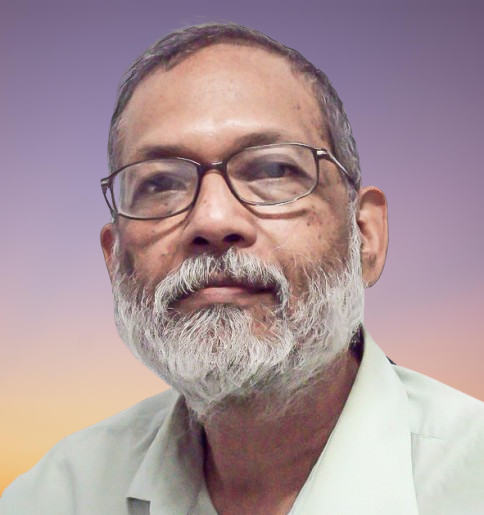Column

Rifat's killing in broad daylight! Image Grabbed from video
For days Barguna has dominated national media. It has all the ingredients of high drama such as murder, lust, revenge, politics, police, politicians and ultimately the rising wave of crime. The names of the people involved are now known to all including the role the drug trade has played in creating the crisis.
The police have tried to distance the Barguna crime from drugs and keep it limited to personal enmity between two key but low level players, both now dead. However, almost every report now says that this violent crime is not just about "passion" but mostly is a by-product of the local narco war.
The long road to violent death
Bangladesh violence is now largely about drug gang wars and since in many cases they are linked to political control, the chances of this disappearing quickly is remote. The machete wielding gang led by Nayan Bond that killed Reefat Shareef was destined to do so long before it became a turf war between the two, both of whom had been in jail on drug related charges. It escalated over control of the operations between two erstwhile friends.
The details are unnecessary but what matters is that the third player in the lot Minni the past wife of Nayan and current wife of Sharif is probably not a tragic character either caught in the middle but also a part of the drug gang culture. The people involved in the killing and killed are part of the same problem.
But the circumstances around the killing are making the air fetid. The death of Nayan in a police encounter was obviously the biggest question. It was also very convenient in every sense for many people. Common people were happy at the death of drug thug Nayan and the police sold themselves a saviour. But why Nayan had been tolerated for so long by the police is still there.
So the obvious question is, who protected Nayan for so long and then withdrew protection when he became a burden leading to the encounter? The answers have not arrived yet but in the absence of it, public opinions have been formed.
The police and judiciary actions face questions
The actions of the judicial and police system have also been brought into focus. Our experience is that the police in Bangladesh are very efficient but can't act freely all the time due to political interference. Recently, the police have come under focus due to their involvement in the DIG MIzan bribing case and the Nusrat murder case through OC Moazzem.
While that may be so, they are very much part of the national law enforcement machinery and in this case, it's their face the public has seen. Given that, why had they allowed the Nayan-Rifat gang to grow so large and violent?
In the absence of evidence nothing can be said but is it then a fact that the police can't act freely to rein in drug criminals even when they threaten society so openly? Sadly for the police, public opinion is already decided that they can't and knowing their capacity it's also obvious that they are not allowed to do so.
The behaviour of the police and members of the judiciary relating to Minni has drawn even greater questions including the local judiciary as well. When Minni was arrested and then placed before the court seeking remand, why didn't any lawyers stand for her? Why did they refuse to say what made them refuse? Why did lawyers have to go from Dhaka to seek bail which was refused?
But even as Minni was being taken to the court, she wanted to say something but a police woman stopped her from speaking out by putting a hand on her mouth in an unprecedented display of coercion. Her bail was denied as expected but the mountain of questions that has been accumulated in two weeks or so has put everyone under a cloud.
The local political nexus?
That leaves only the political forces out of the scene but media reports are very very broadly hinting that the local MP or his son and a group is behind the drug trade. Sombhu MP and his son have been named so many times that no amount of denial that they are not involved locally will have any impact outside the legal system. Of course, they are immune from any legal actions and nobody expects any action against them or whoever the kingpins are, but in the public opinion space they are guilty.
If people are presumed guilty and nothing is done about it, the answer is the rise of the narco state where the system offers impunity to those who keep the drug industry rolling. This type of a state was possible in Mexico because no social media existed and no direct evidence could be found. However in today's world, this is practically impossible.
Barguna proves that locally managed narco zones have effectively emerged in Bangladesh and are part of a federation of narco zones. Social media has made this obvious to all, so who will protect these zones from exposure and infighting if the narco state is about to emerge in Bangladesh?

























Leave a Comment
Recent Posts
Right On Schedule
The most eagerly anticipated, and frankly hyped up, announcement of an ...
Fighting raged along the borde ...
Fighting raged along the border of Cambodia and Thailand, with explosi ...
ICIMOD drives regional cooperation to inspire new mo ..
The Cage of Captivity and the Cry for Freedom: A Cru ..
Why Japan issued an advisory for a possible megaquak ..
The Autocrats’ War on Universities